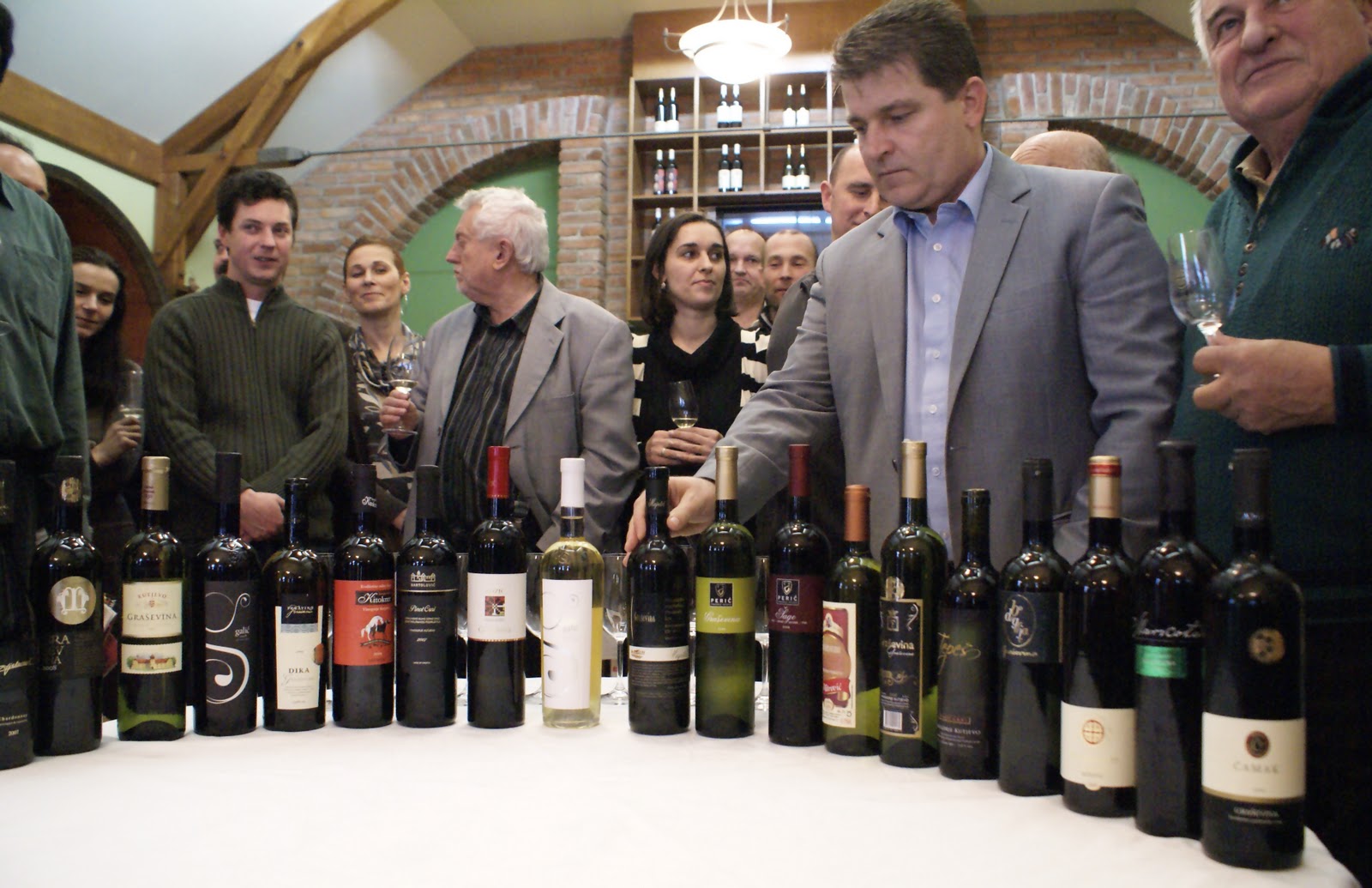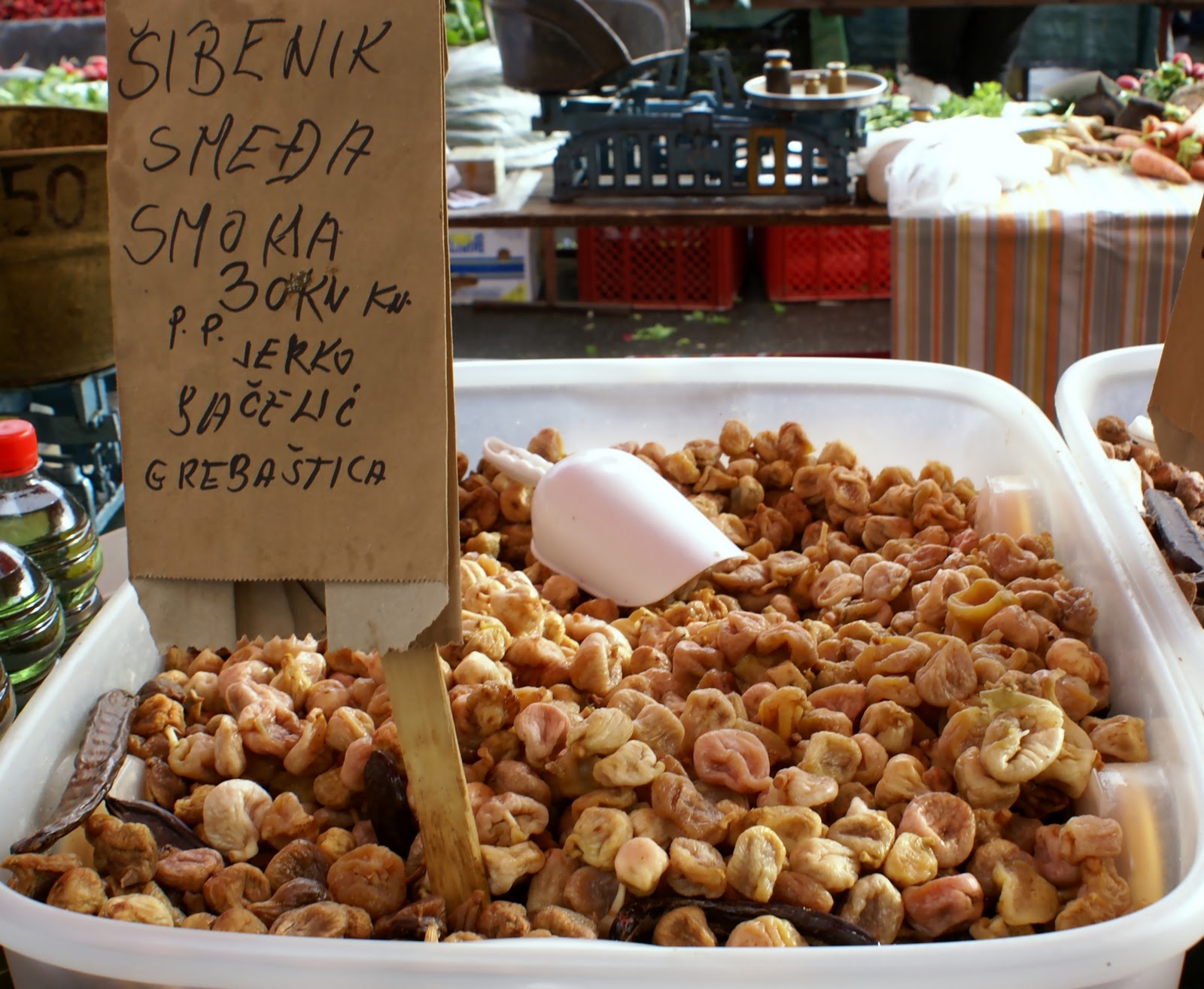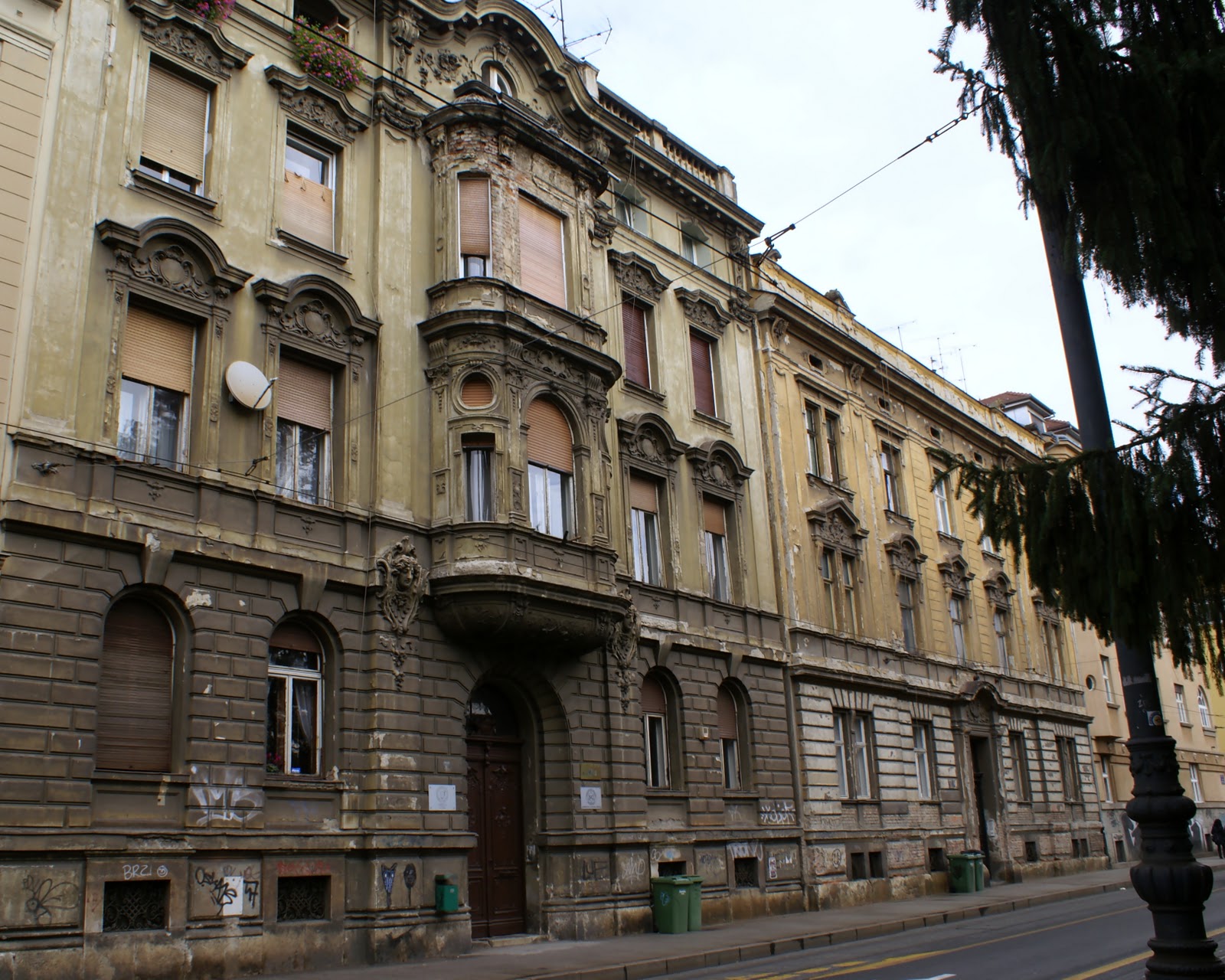Exciting Croatia
Posted on 23 December 2010
A few years ago, 2002–2008, I regularly tasted Croatian wines at various wine fairs for the Croatian chapter of my wine guide. While I found many of good quality and several that were distinctive and interesting, intercourse with Croatian producers was a challenge. The wine industry seemed rather disorganised and (sorry for this) provincial in its perspectives. The good mixed indiscriminately with the bad, the appellation system was a nightmare of confusion, and there was an obvious lack of coordination and vision in the rudimentary marketing.
I must say that this trip – my first to Croatia – has been a big positive surprise. The improvement in wine quality is obvious throughout the country – the coastal regions (were sales are always easy due to the abundant tourists) are less patchy than I remember, and continental Croatia seems to be making qualitative leaps. More importantly, I noticed a change in attitude. Croatian wine is no more a bunch of solo arias in different keys. While it’s not the Berlin Philharmonic yet, at least some people are trying to sing together. The producers of Istria are a good example – 30 of them agreed to label their basic white Malvazija with a common logo. And in the four regions I visited, producers gathered at one of the wineries to present their stuff to journos during a joint session. It sounds like a natural thing to do, but I can tell you it’s a rare occurrence in Mediterranean Europe to get producers to cooperate on any level.
Another good surprise was the level of infrastructure. Good roads, renovated buildings, clean streets, busy restaurants. Flights are on time, hotel personnel are responsive and helpful. The young lady at the confectionery shop speaks excellent English and gets me a perfect local cake to take home. The local green market in Zagreb on a Saturday morning is full of locals and sells fantastic produce. Small details that contribute to a successful stay and a positive impression.




